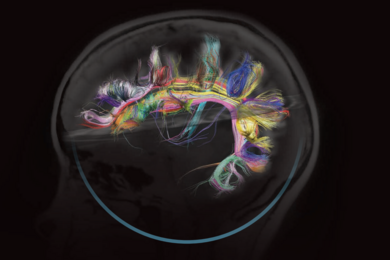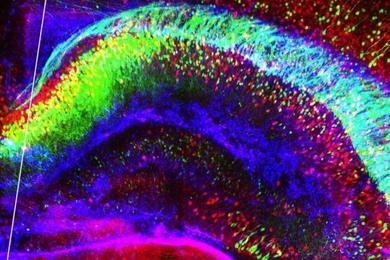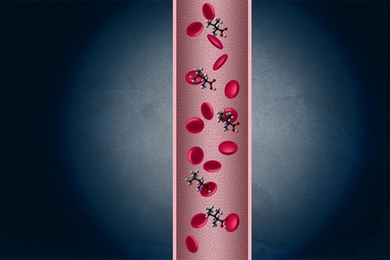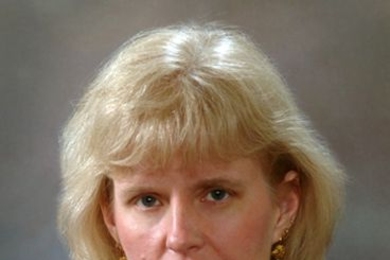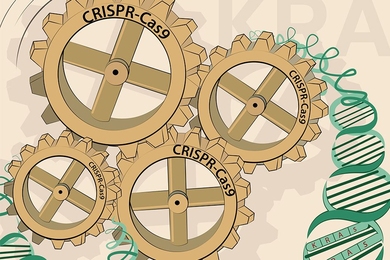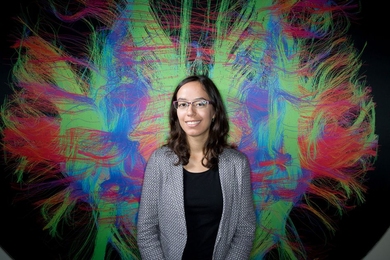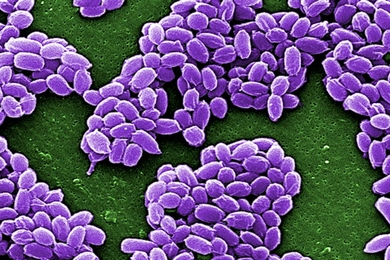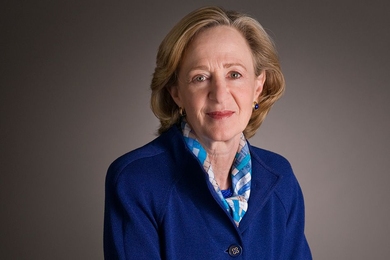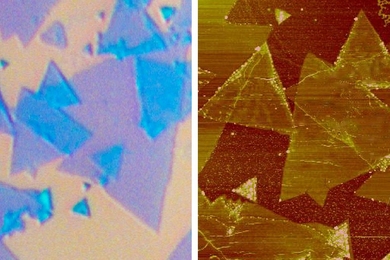Picower and MIT scientists awarded BRAIN Initiative grants
Researchers will advance our understanding of the human mind and discover new ways to treat, prevent, and cure neurological disorders.
Biologists find an early sign of cancer
Patients show boost in certain amino acids years before diagnosis of pancreatic cancer.
Voices of MIT at the People’s Climate March
Some 70 MIT students, researchers, and alumni marched in the largest climate rally in history.
Researchers engineer new mouse model to study disease
Time-saving tool takes advantage of CRISPR gene-editing technology.
Using science for service
Sofia Essayan-Perez is inspired by those around her to teach in Nicaragua, conduct neuroscience research.
Chemists recruit anthrax to deliver cancer drugs
With some tinkering, a deadly protein becomes an efficient carrier for antibody drugs.
Study: Online classes really do work
Detailed quantitative study of learning online shows success, even among those with least preparation.
More than a prize
Math Prize for Girls offers inspiration and mentorship to participants on MIT’s campus.
Fingertip sensor gives robot unprecedented dexterity
Equipped with a novel optical sensor, a robot grasps a USB plug and inserts it into a USB port.
Particle detector finds hints of dark matter in space
Alpha Magnetic Spectrometer detects positrons in cosmic ray flux that hint at dark matter's origin.
World Economic Forum names Susan Hockfield chair of its Forum Academy
Former MIT president to shape development of new online learning initiative.
Toward optical chips
A promising light source for optoelectronic chips can be tuned to different frequencies.
